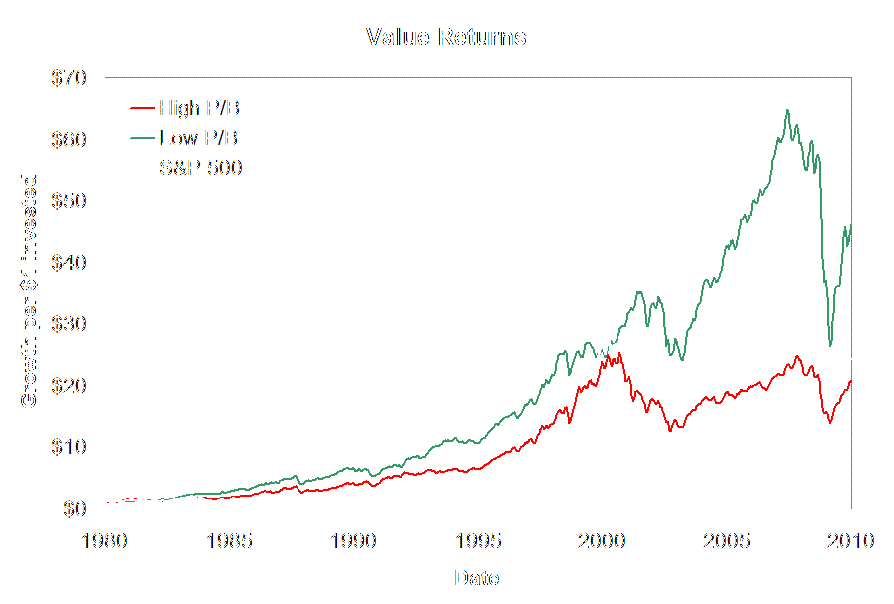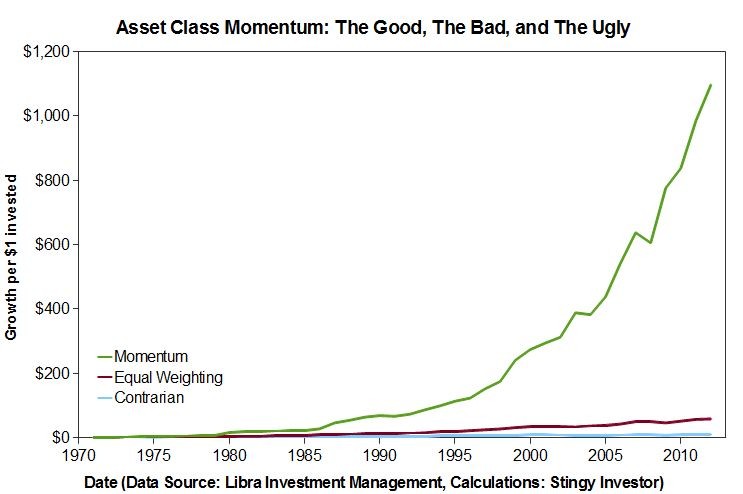Stingy Investor Unbundling Canadian ETFs 2008
Post on: 28 Март, 2015 No Comment

Unbundling Canadian ETFs 2008
Indexing has exploded in popularity over the last few years and the development of new exchange traded funds has only added fuel to the fire. Exchange traded funds, or ETFs, can be bought and sold just like stocks. They generally charge very low ongoing fees and can be used to gain broad exposure to a diversified portfolio of stocks and bonds.
The first ETFs tracked major indexes like the S&P/TSX Composite or the S&P500. But, as ETFs became popular, more specialized ETFs were introduced to track a vast array of sub-indexes. While many of these new ETFs are quite interesting, they tend to suffer from relatively higher fees and may lack diversification. But before examining specialized ETFs, it is worth reviewing the case for investing in basic ETFs because they remain the best option for many investors.
Building an index-oriented portfolio starts with asset allocation. There are many rules of thumb when it comes to asset allocation but I happen to like Ben Graham’s recommendation to put between 25% and 75% of your portfolio in stocks with the remainder in bonds. If you’re younger, more aggressive, and can invest for long periods then you should favour stocks. If you’re older, more conservative, or if you need the money in a few years then you should favour bonds. But individual circumstances vary and they can easily trump such generalizations. To focus on a concrete example, let’s consider the case of a growth-oriented investor who wants to put 60% into stocks and 40% into bonds.
A good index portfolio is built with diversified and very-low fee index funds or ETFs. I’ll focus on ETFs in this article. When it comes to bonds, the iShares Canadian Bond Index Fund (XBB) with a MER of 0.30%, an average yield near 4%, and a duration of 6.4 years is a good option. The annual fee (MER) charged by this ETF is less than 1/4 of that charged by most active bond funds. Those with larger portfolios can get a little fancy and split their bond holdings between short and long-term bond ETFs. Just keep an eye on the fees. I’ve noticed that investors can often obtain better yields from high interest savings accounts than from short-term bond or money market funds.
When it comes to stocks, an even split between Canadian, U.S. and international equities is most commonly recommended. Starting with Canadian stocks, the iShares Canadian Composite Index Fund (XIC) is a good option. It has an annual fee (MER) of 0.25% which is about 1/10th the cost of most active stock funds. It also provides exposure to 253 of the largest stocks in Canada. On the U.S. side, the SPDR ETF (SPY) is very popular and charges a rock-bottom fee of 0.08% annually for exposure to 500 of the largest stocks in the U.S. That’s about 1/30th of the fee charged by most active U.S. stock funds. Internationally, the Vanguard FTSE All-World ex-US ETF (VEU) is a solid option with an annual fee of 0.25%. That’s about 1/10th the cost of most active international funds. (Of note, this ETF holds about 5.4% of its assets in Canadian stocks. If you want to achieve a precise asset allocation, you’ll have to compensate a bit by buying a little less of the Canadian stock ETF.) We’ll just go with 20% in each of the XIC, SPY, and VEU ETFs to obtain our total 60% stock exposure.
As you’ve noticed, ETFs charge some of the lowest fees around. The annual fee on the equity part of our little portfolio averages just over 0.19%. Add in the 40% allocation to bonds and the fee on the total portfolio moves up to about 0.24%. That’s a pittance compared to most actively managed funds in Canada. Indeed, it is about 90% lower than many actively managed portfolios. However, I’ve not included the brokerage commissions needed to buy and sell the ETFs. Thankfully brokerage commissions have dropped in recent times. Many discount brokerages now charge less than $10 per trade for large accounts (or more active traders). A $10 commission to buy each of the four ETFs represents a one-time cost of 0.04% on a $100,000 portfolio which is quite modest indeed.
A $10 commission per trade is quite low for large accounts and it opens up some interesting possibilities when it comes to more narrowly focused ETFs. But it is important to point out that brokerage commissions can represent a relatively large drag on smaller portfolios. Several ETFs pay dividends (or distributions) on a quarterly or annual basis. Reinvesting such distributions boosts overall costs. That’s not a big issue for large portfolios. But those with more modest portfolios can always shunt distributions into a similar index fund. Alternately they can be collected for a while until a large purchase is justifiable.

It is easy to get a simple, low fee, and broadly diversified portfolio with ETFs. Most investors can safely stop here. But perhaps I can entice you to read on about a few specialized situations.
When it comes to ETFs I like to consider two options for long-term investors. The first option is to purchase the ETF and hold on. The second option is to bypass the ETF and buy the stocks that it owns. At first glance, the choice between buying a low-cost exchange-traded fund that holds many stocks or buying each individual stock appears to be obvious. The exchange-traded fund is likely to be the better bargain. However, buying stocks directly may be a good choice for some investors because the Canadian stock market is very small and it is dominated by a few big names. By holding only a few stocks you can reasonably approximate, or even fully replicate, some ETFs.
But let’s start by looking at the various stock ETFs offered by iShares in Canada which are shown in Table 1. You’ll immediately notice that many ETFs charge annual fees of 0.50% or 0.55% per year despite holding only a few stocks. The worst offender in the bunch is the iShares Canadian Tech Sector Index Fund (XIT) with an annual fee of 0.55% which holds only 8 stocks. Even more remarkably, as show in Table 2, the top two stocks in the Tech Sector ETF represent about 52.2% of its assets.
Table 1: iShares ETFs listed on the TSX














